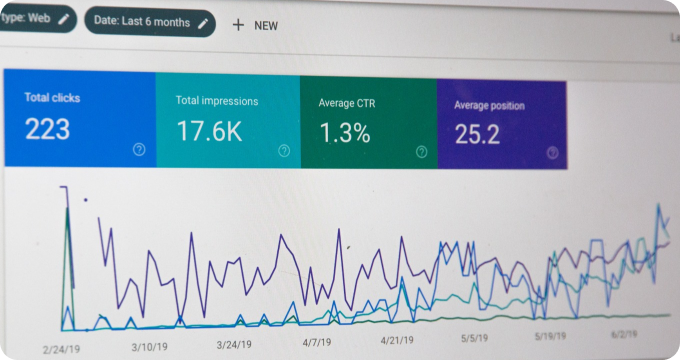How to Budget Effectively for Enterprise Print Management Software
- January 26, 2024
- 2 minutes
In the grand orchestration of corporate operations, print management often plays the unassuming viola, a critical role often overlooked amidst the more noticeable - and noisier - stakeholders. Enterprise print management software is the symphony conductor of this orchestra, ensuring harmony, precision, and efficiency. Arguably, its most crucial role: the virtuoso performance of budget management.
Budgeting for this software requires a nuanced understanding of both the immediate fiscal landscape and broader economic trends, an exercise in strategic planning akin to a skilled game of chess. To play this game well, a firm grasp of operational constraints, strategic objectives, and the dynamic marketscape is essential.
The initial step in the budgeting process is determining the total cost of ownership (TCO). The TCO not only includes the purchase price of the software but also factors such as installation costs, ongoing maintenance, potential upgrades, and end-of-life costs. The concept was popularized by the economist Milton Friedman, who argued that a company should take a holistic view of the potential direct and indirect costs associated with a product or service to make an informed decision.
Assessment of the anticipated return on investment (ROI) follows the TCO calculation. ROI is a key performance indicator used to evaluate the efficiency of an investment. It is calculated by dividing the net profit from an investment by the cost of the investment. ROI is a useful tool to compare the efficiency of different investments. A positive ROI indicates that the investment gains compare favorably to their cost.
Next, it's essential to factor in scalability. This refers to the software's ability to grow and adapt as your business evolves. It is relevant because the long-term viability of the software is significant. If the software cannot accommodate an increase in print volume or the addition of new locations, the company may need to make another investment sooner than anticipated. Therefore, investing in scalable solutions can result in substantial cost savings in the long run.
The Pareto Principle, also known as the 80/20 rule, plays a crucial role in this budgeting process. This principle states that roughly 80% of effects come from 20% of causes. It can be applied in the context of print management, where it's seen that a majority of print costs (the 80%) often come from a minority of sources (the 20%). This calls for a methodical approach in pinpointing these majority cost incurrence sources and strategically investing in software that can manage them effectively.
Once the budgetary requirements have been established, it is useful to consider the potential risks associated with the investment. The financial theory of portfolio optimisation, developed by Harry Markowitz, suggests that the potential risks and returns of an investment should be balanced to achieve an optimal outcome. In the context of budgeting for print management software, this could translate into balancing the financial risk associated with the investment (e.g., unexpected costs, underperformance) with the potential benefits (e.g., increased productivity, cost savings).
Finally, it is crucial to continuously review and monitor the budget to ensure alignment with changing business needs and market conditions. This is akin to John Maynard Keynes' theory of adaptive expectations, which posits that individuals adjust their expectations based on recent experience. In the context of budgeting, this implies that the budget should be revised periodically based on past performance and future predictions.
Investing in enterprise print management software is not merely about allocating funds to a line item in an IT budget. It is a strategic decision that has the potential to impact overall business performance significantly. A comprehensive, methodical, and adaptive approach can ensure that the budgeting process is not just about cost containment but also about value creation.
In the grand symphony of corporate operations, the silent viola - print management - proves indispensable, yet only when masterfully conducted. The maestro in this scenario is the software that ensures harmony and precision, letting the corporate symphony resonate with felicitous efficiency.
Learn More
Unleash the power of efficiency and security in your business by diving deeper into our enlightening blog posts about enterprise print management software. For a comprehensive view, the reader is encouraged to explore our meticulously curated rankings of the Best Enterprise Print Management Software.
Popular Posts
-
 Enterprise Print Management Software Industry Report: Unveiling Key Findings and Crucial Insights
Enterprise Print Management Software Industry Report: Unveiling Key Findings and Crucial Insights
-
 Debunking 10 Myths About Enterprise Print Management Software
Debunking 10 Myths About Enterprise Print Management Software
-
 6 Things I Wish I'd Known About Enterprise Print Management Software Before Implementing It
6 Things I Wish I'd Known About Enterprise Print Management Software Before Implementing It
-
 What are Enterprise Print Management Softwares and How Do They Work?
What are Enterprise Print Management Softwares and How Do They Work?
-
 Ask These Questions to an Enterprise Print Management Software Provider to Choose the Right One for Your Business
Ask These Questions to an Enterprise Print Management Software Provider to Choose the Right One for Your Business






